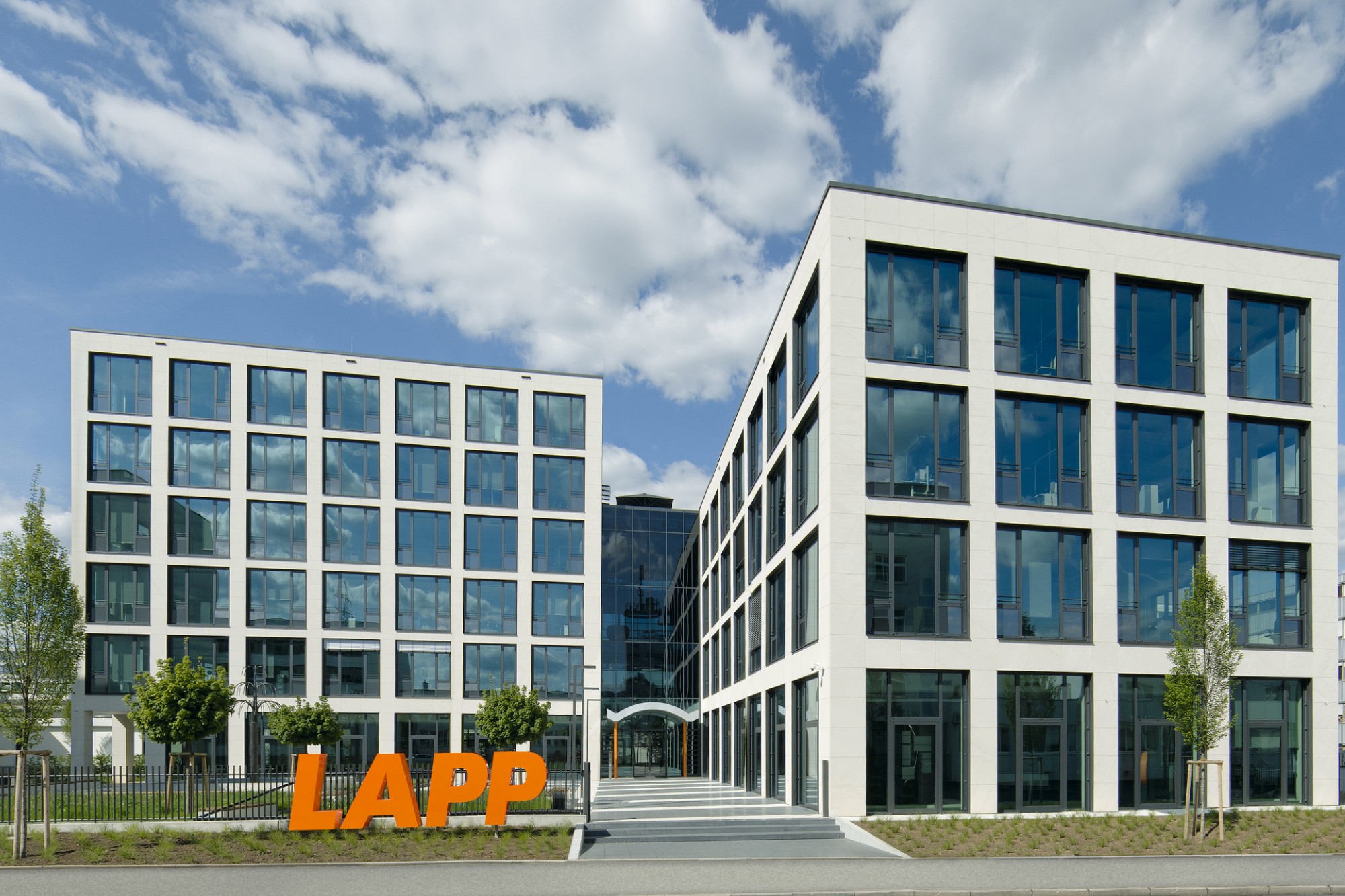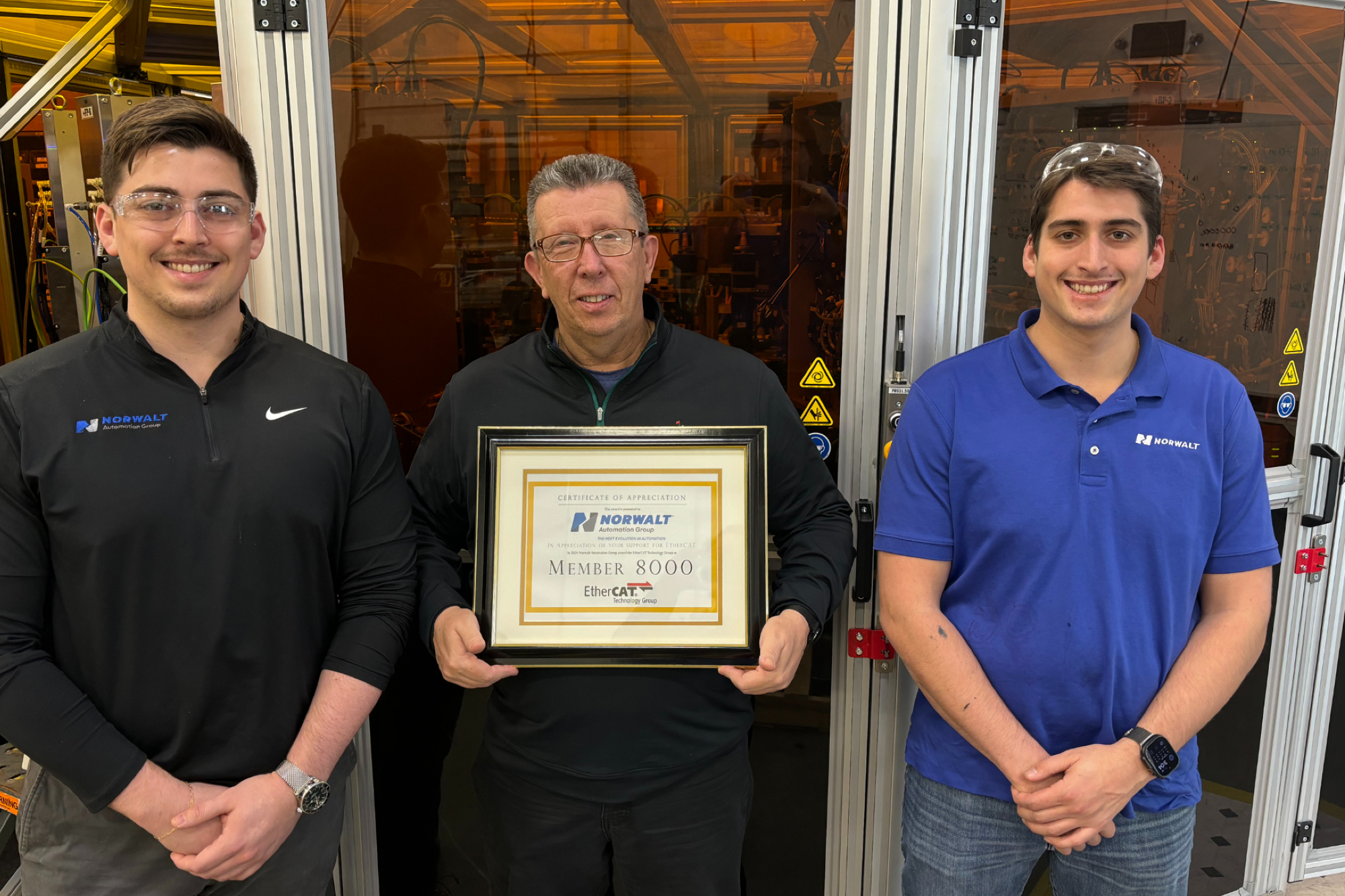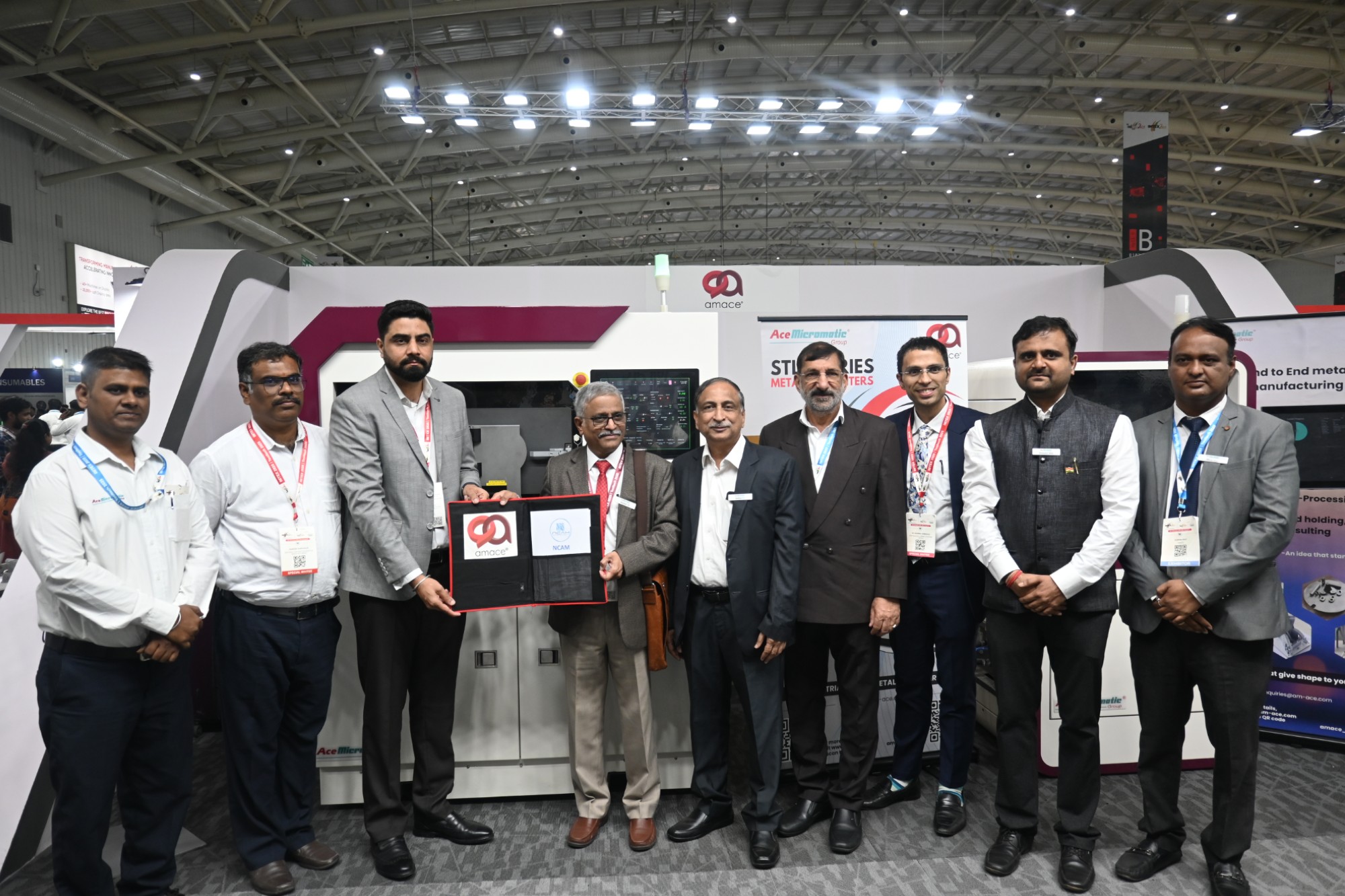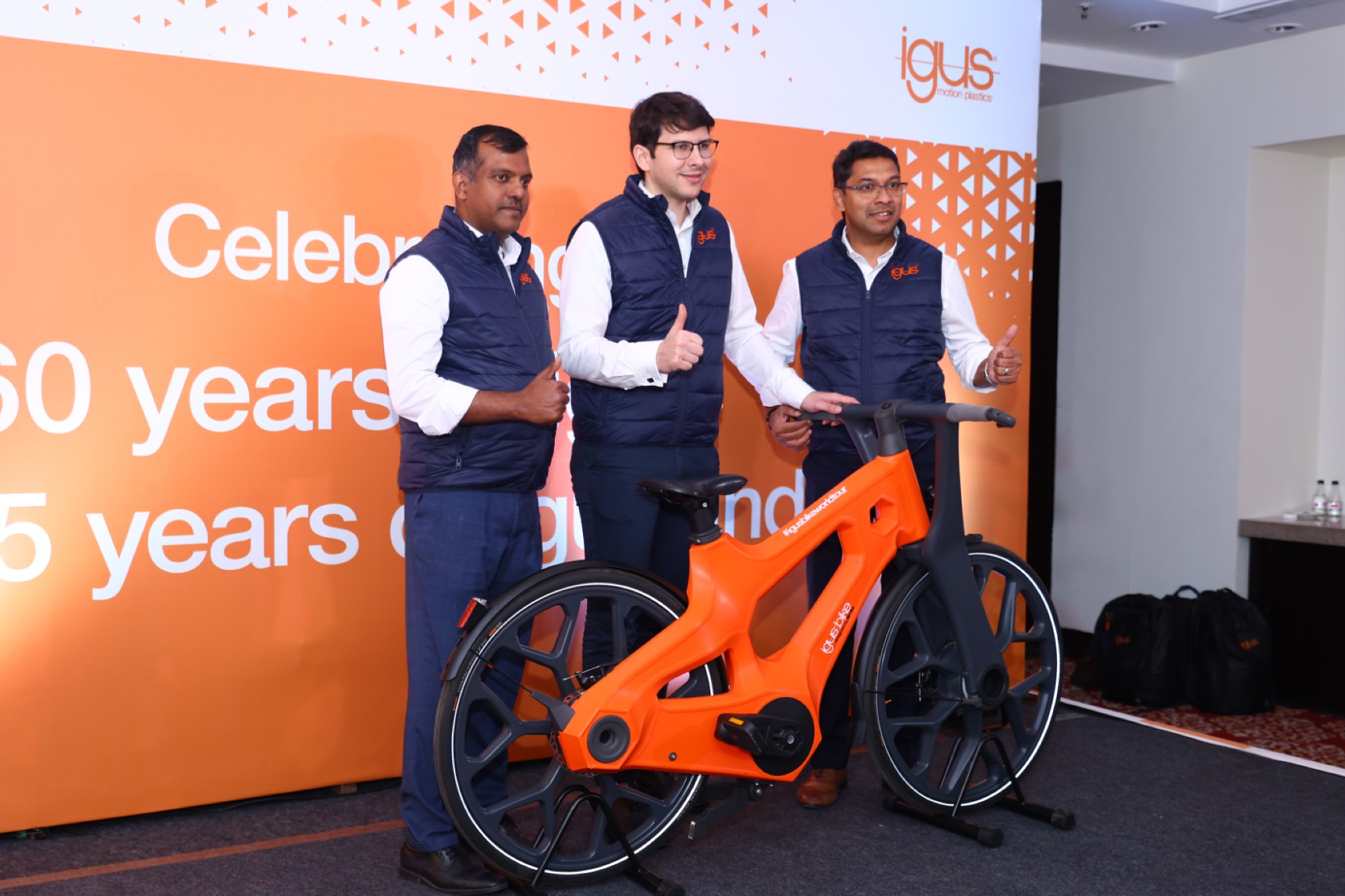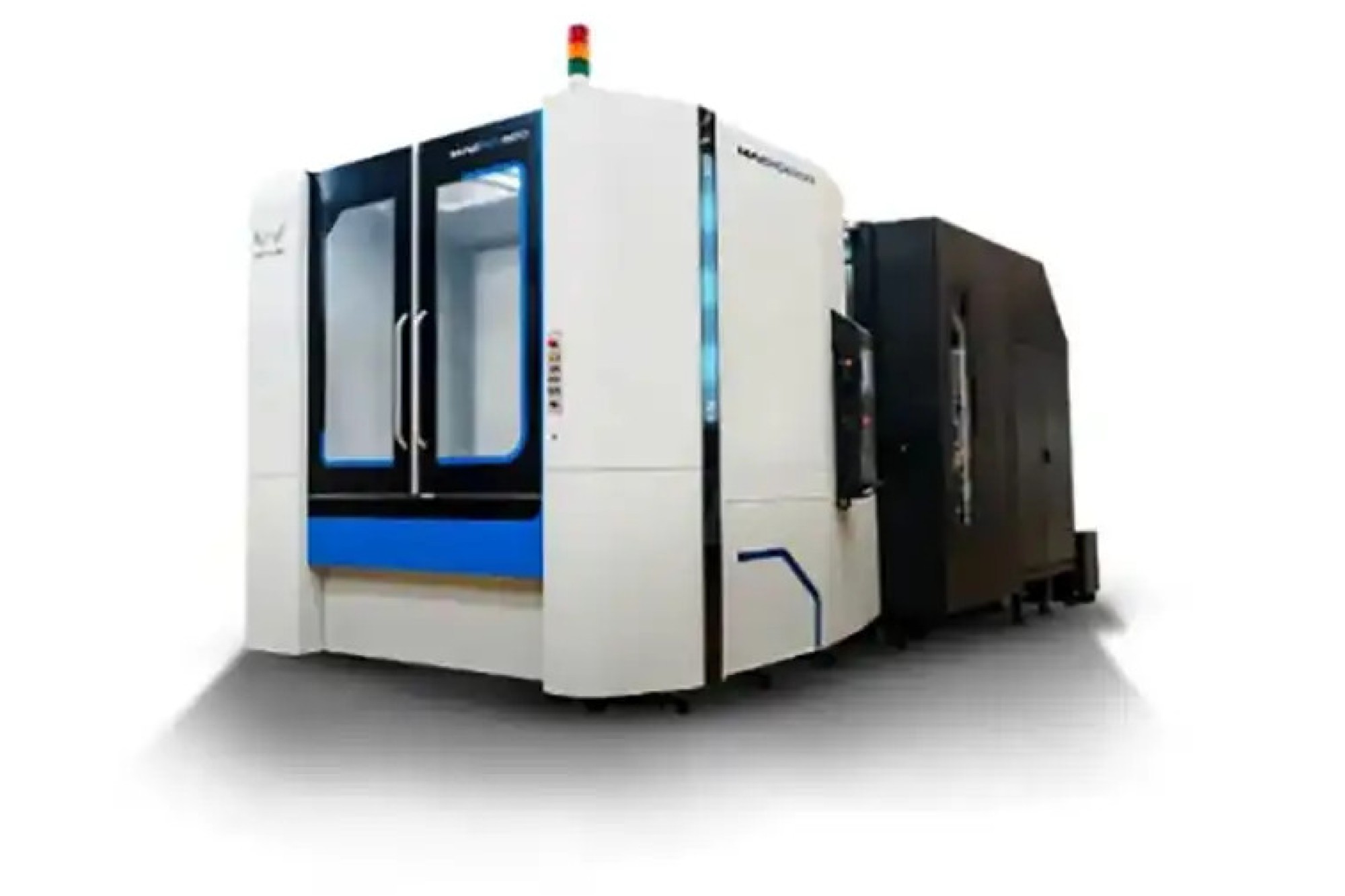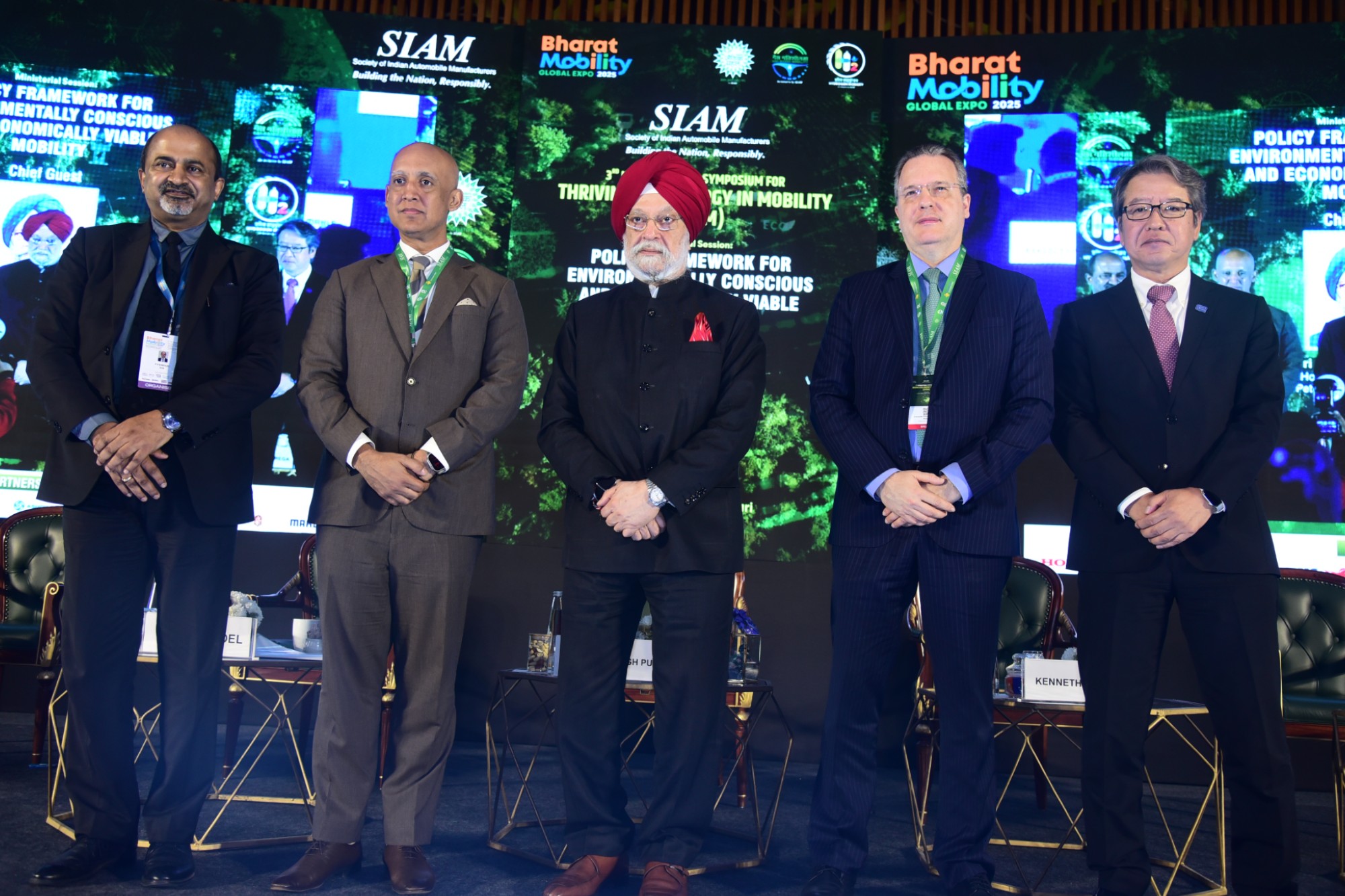MIT system cuts the energy required for training and running neural networks.
By OEM Update Editorial April 30, 2020 12:40 pm IST
Artificial intelligence has become a focus of certain ethical concerns, but it also has some major sustainability issues.
Last June, researchers at the University of Massachusetts at Amherst released a startling report estimating that the amount of power required for training and searching a certain neural network architecture involves the emissions of roughly 626,000 pounds of carbon dioxide. That’s equivalent to nearly five times the lifetime emissions of the average U.S. car, including its manufacturing.
This issue gets even more severe in the model deployment phase, where deep neural networks need to be deployed on diverse hardware platforms, each with different properties and computational resources.
MIT researchers have developed a new automated AI system for training and running certain neural networks. Results indicate that, by improving the computational efficiency of the system in some key ways, the system can cut down the pounds of carbon emissions involved — in some cases, down to low triple digits.
The researchers’ system, which they call a once-for-all network, trains one large neural network comprising many pretrained subnetworks of different sizes that can be tailored to diverse hardware platforms without retraining. This dramatically reduces the energy usually required to train each specialized neural network for new platforms — which can include billions of internet of things (IoT) devices. Using the system to train a computer-vision model, they estimated that the process required roughly 1/1,300 the carbon emissions compared to today’s state-of-the-art neural architecture search approaches, while reducing the inference time by 1.5-2.6 times.
“The aim is smaller, greener neural networks,” says Song Han, an assistant professor in the Department of Electrical Engineering and Computer Science. “Searching efficient neural network architectures has until now had a huge carbon footprint. But we reduced that footprint by orders of magnitude with these new methods.”
The work was carried out on Satori, an efficient computing cluster donated to MIT by IBM that is capable of performing 2 quadrillion calculations per second. The paper is being presented next week at the International Conference on Learning Representations. Joining Han on the paper are four undergraduate and graduate students from EECS, MIT-IBM Watson AI Lab, and Shanghai Jiao Tong University.
Creating a “once-for-all” network
Cookie Consent
We use cookies to personalize your experience. By continuing to visit this website you agree to our Terms & Conditions, Privacy Policy and Cookie Policy.





